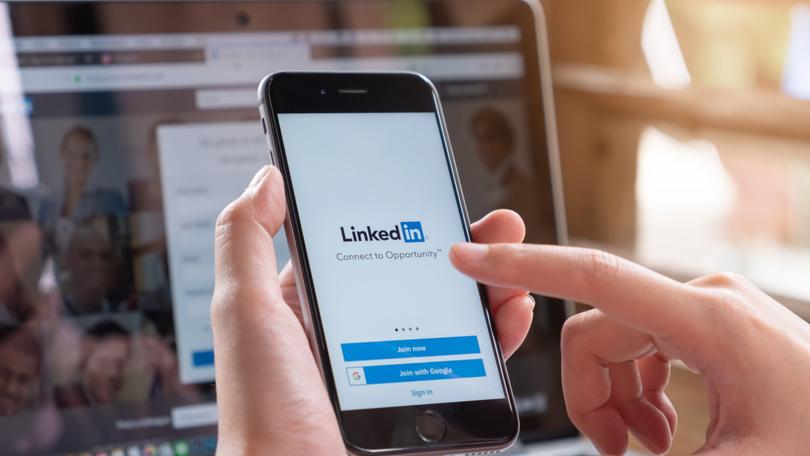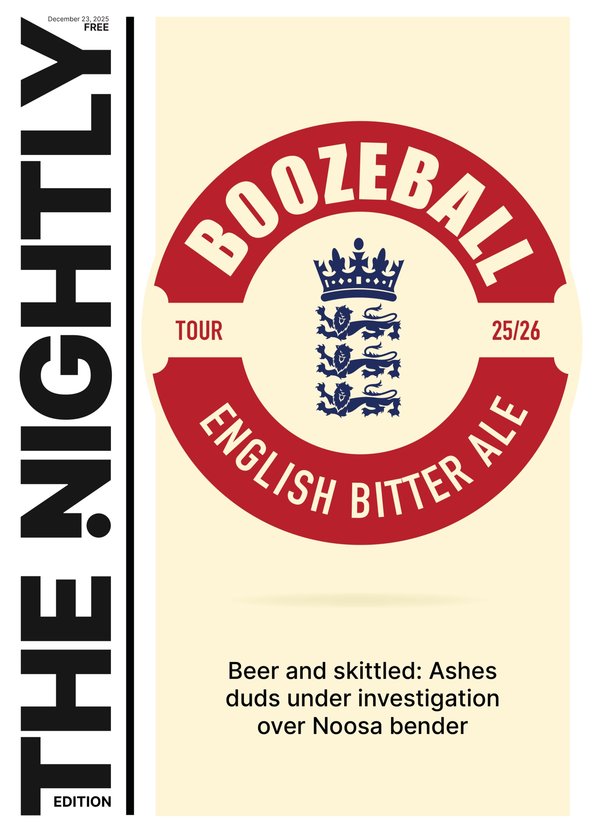Ex-Google recruiter says LinkedIn ‘open to work’ banner ‘is the biggest red flag’

When you’re looking for a new job, it may seem like a no-brainer to let as many people as possible know. But career experts differ on their opinions about LinkedIn’s “open to work” banner, the green sign that shows up just under your photo if you choose to activate it.
“It is the biggest red flag” in a job candidate, says Nolan Church, former Google recruiter and current CEO of salary data company FairComp.
“There is a truism in recruiting that the best people are not looking for jobs,” he says, and therefore those people would not be advertising that they’re looking for work either. Former Amazon recruiter and current career coach Lindsay Mustain agrees.
Sign up to The Nightly's newsletters.
Get the first look at the digital newspaper, curated daily stories and breaking headlines delivered to your inbox.
By continuing you agree to our Terms and Privacy Policy.When it comes to recruiting, it’s all about a power dynamic, she says. Recruiters want to want you, not the other way around. With that banner activated, “because you need something from me, that means that I have the power in this conversation,” she says. And that can be a turn-off.
But not all career experts agree, and LinkedIn’s own data does not necessarily support this thinking. Here’s how the site has found the banner affects jobseekers
More than 33 million LinkedIn users currently have it
LinkedIn introduced the “open to work” banner during the COVID-19 pandemic, in June 2020, when millions of people found themselves out of a job in a matter of weeks. The company had already been offering a feature to signal to recruiters privately when someone was looking, but the pandemic seemed to indicate a need for something more public, a LinkedIn spokesperson told CNBC Make It.
These days, the sign is a popular one. More than 33 million people on LinkedIn are currently using it, according to the site.
LinkedIn can’t necessarily tell how many job offers have resulted from using the banner (they can’t see private messages between people). But they’ve seen that people who turn it on are twice as likely to get messaged by a recruiter. Those people are also 20 per cent more likely to get messages from the LinkedIn community at large, some of them messages about job openings at people’s companies.
For smaller companies, ‘it can be really, really helpful’
One benefit of using the banner is that smaller companies that don’t have the budget for the recruiters’ version of LinkedIn can see who’s looking for work.
When Angelina Darrisaw’s executive and leadership coaching company C-Suite Coach was hiring, the banner “was something that just made looking for candidates a lot easier,” she says.
“For those smaller companies, it can be really, really helpful in identifying new talent,” she says, adding that, “you determine the quality of the talent in the interview process, not by them putting their hand up and saying, ‘Hey, I’m available.’”
If ‘your profile is a wasteland,’ it’s not going to matter
Ultimately, it might be down to cultural fit. Some employers find the sign useful, others are turned off by it. “It’s like a weeding out of opportunities for you to find the right one for you,” says Darrisaw.
And regardless of the banner, what matters most is what’s in your LinkedIn profile: a list of your previous and current titles, your accomplishments in each role, keywords relevant to your jobs, featured links with some of your work and activity showing you’re engaged in conversations about your industry.
“If you have ‘open to work’ up but your profile is a wasteland, it’s not going to make a difference at all,” says career coach Phoebe Gavin. “Because even if a recruiter finds you, they’re not going to learn anything useful.”
